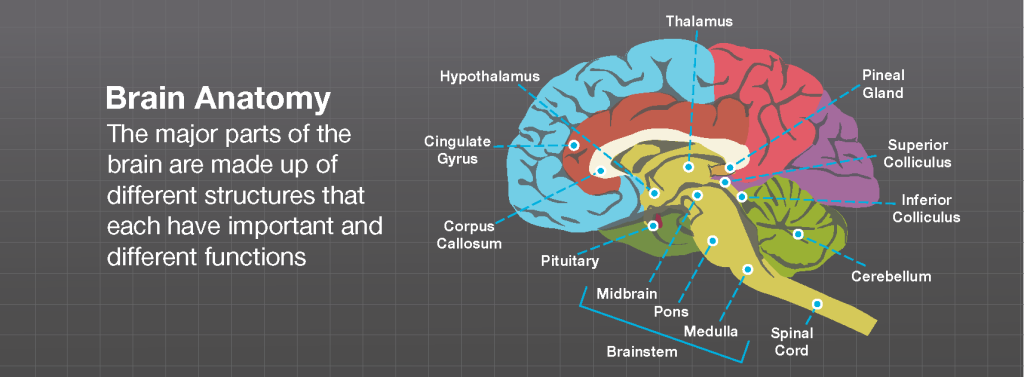

The types of deficits are very different, however, depending on which area is affected. Damage to either Broca’s area or Wernicke’s area can result in language deficits. For example, the portion of the cortex that processes sensory information from the hand is adjacent to the portion that processes information from the wrist.įigure 6. The somatosensory cortex is organized topographically, which means that spatial relationships that exist in the body are generally maintained on the surface of the somatosensory cortex. It contains the somatosensory cortex, which is essential for processing sensory information from across the body, such as touch, temperature, and pain. The brain’s parietal lobe is located immediately behind the frontal lobe, and is involved in processing information from the body’s senses. The closer an animal is to humans on the evolutionary tree-think chimpanzees and gorillas, the more developed is this portion of their brain. Indeed, other animals such as rats and kangaroos while they do have frontal regions of their brain do not have the same level of development in the cerebral cortices. Spatial relationships in the body are mirrored in the organization of the somatosensory cortex.īecause the cerebral cortex in general, and the frontal lobe in particular, are associated with such sophisticated functions as planning and being self-aware they are often thought of as a higher, less primal portion of the brain. On the basis of extremely limited information about Gage, the extent of his injury, and his life before and after the accident, scientists tended to find support for their own views, on whichever side of the debate they fell (Macmillan, 1999).įigure 5. Gage’s case occurred amid a 19 th century debate over localization-regarding whether certain areas of the brain are associated with particular functions. However, there is some evidence suggesting that the dramatic changes in Gage’s personality were exaggerated and embellished. With connections between the planning functions of the frontal lobe and the emotional processes of the limbic system severed, Gage had difficulty controlling his emotional impulses. Such changes in personality would be consistent with loss of impulse control-a frontal lobe function.īeyond the damage to the frontal lobe itself, subsequent investigations into the rod’s path also identified probable damage to pathways between the frontal lobe and other brain structures, including the limbic system. Before the accident, it was said that Gage was a well-mannered, soft-spoken man, but he began to behave in odd and inappropriate ways after the accident. Many of his friends described him as no longer being himself. But in the months following his accident, people noticed that his personality had changed. Although lying in a pool of his blood with brain matter emerging from his head, Gage was conscious and able to get up, walk, and speak. Unfortunately, the iron rod created a spark and caused the rod to explode out of the blasting hole, into Gage’s face, and through his skull (Figure 3). He and his crew were using an iron rod to tamp explosives down into a blasting hole to remove rock along the railway’s path. On September 13, 1848, Gage (age 25) was working as a railroad foreman in Vermont. Probably the most famous case of frontal lobe damage is that of a man by the name of Phineas Gage.

(credit a: modification of work by Jack and Beverly Wilgus The rod entered Gage’s face on the left side, passed behind his eye, and exited through the top of his skull, before landing about 80 feet away.

(b) Gage’s prefrontal cortex was severely damaged in the left hemisphere. (a) Phineas Gage holds the iron rod that penetrated his skull in an 1848 railroad construction accident.


 0 kommentar(er)
0 kommentar(er)
